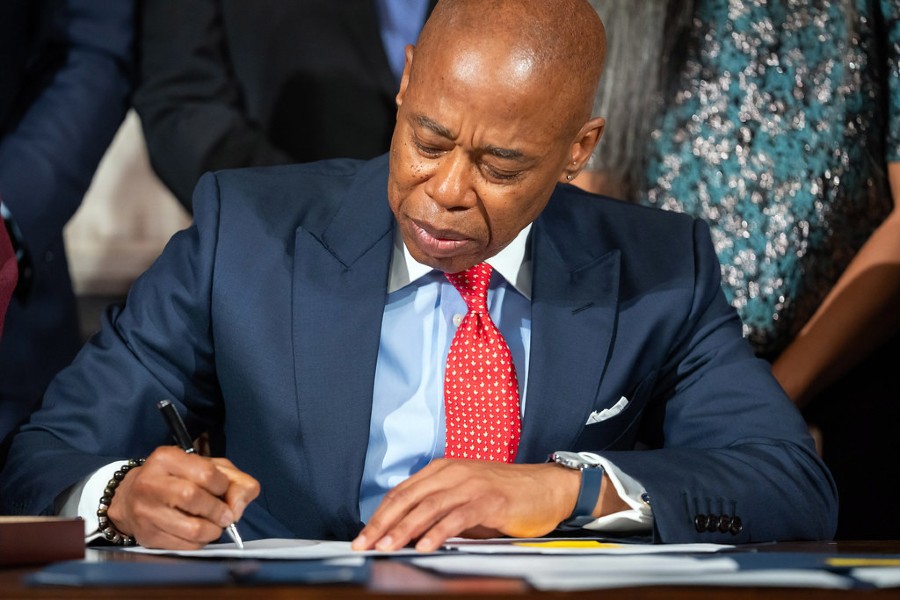In the fall of 2016, I was invited by the United States Embassy in Moscow to participate in a week-long Forum for Cultural Engagement. This was my third speaking engagement for this program. I invited a Connecticut-based, bright, young talent in the field of digital marketing, Dexter Upshaw Jr, to accompany me. Our workshop was titled “Innovation! Community Engagement and Digital Marketing for the Arts.” The 50 participants travelled from throughout Russia, and included representatives of a cross-section of arts organizations—theater, dance and visual art directors and managers.
During one lecture, I discussed the need for engaging communities of color. I shared examples of the steps we successfully had taken in the U.S. to do that. One of the students raised his hand to interrupt me. With sincere and open eyes, he asked: “Why are you talking about Black, Latino and Asian? Aren’t you all Americans?”
At first I was taken aback by his question. I was still reeling from the most recent report on CNN about the shooting of an unarmed black man by a police officer. Given the ongoing outcry about these types of shootings, I assumed these incidents were receiving international coverage. I couldn’t imagine that this student didn’t understand the history of racism in America and the need for arts organizations to specifically reach out to culturally diverse communities. But as I took in the look of innocence etched on his face, I realized he reallydidn’t understand what I was talking about. And as I looked around the room, I could tell others had those same questions, too.
So, I abandoned my text. For the rest of the session, I talked about the evolution of racism and discrimination in the United States, from the advent of slavery to the impact of discrimination today. I did my best to explain how the effects and the scars of dehumanization, legal segregation and violence still burn and sting today.
Then I gave the Russian workshop participants an example of how audience development can positively impact a community. Last year, the New Jersey Performing Arts Center’s Faith-based Advisory Committee requested the screening of the film, SELMA, directed by Ava DuVernay, in order to share the history and legacy of the civil rights movement with their youth ministry. We worked with the local churches in Newark; we arranged transportation for the youth, who were affiliated with a broad cross-section of churches, and we also provided popcorn and drinks.
Even though NJPAC is one of the largest cultural institutions in Newark, the majority of those 600 youth had never been there. I will never forget the awe on some of their faces as they entered the building. Following the screening, there was a fantastic panel discussion, which we organized in conjunction with the advisory committee and local leadership. The panel discussed the relevance of the civil rights movement today and why young people should be engaged.
At the end of that night, I knew we had done three things well: We listened to the community leaders; we made possible programing relevant to their needs, and we planted seeds for the next generation of cultural ambassadors by exposing them to NJPAC.
The Russian students were quiet when I finished speaking and we ended our session. The next day, the students came to me with tears in their eyes, but I had no idea why. They told me they went back to their hotel and gathered together to watch SELMA online.
“Donna,” one of them said. “You should have started the workshop with SELMA.
The mission of audience development is to close the gap created by the systematic exclusion of people of color from society at-large, but especially from art and culture. As I outline in my book, Invitation to the Party, the goal of audience development is not to fix the so-called “minority problem.” Neither is it about rescuing a forgotten, neglected, or to-be-pitied group of people. In addition to our desire to open the doors of our arts institutions to diverse communities, our role as audience development marketers requires that we understand all the aspects of our nation’s history of engagement with arts and culture. Once we have that understanding, we can then cultivate the empathy and compassion necessary to develop, create and implement meaningful programs that serve as bridges to cross the divide.
As we all know, today we have many divides to bridge. More than ever, it’s important that we are responsive to our audiences: respecting, listening, appreciating, nurturing and expanding our levels of commitment. There are only a few remaining places in America where a diverse group of people, from different social, economic or political walks of life, can gather and engage in a common, enriching experience. It is our mission to ensure that the doors of our theaters, performance stages, museums and other cultural institutions remain open, equally accessible to all.
Got to Walker Communications Group find out more.
Become a Harlem Insider!
By submitting this form, you are consenting to receive marketing emails from: . You can revoke your consent to receive emails at any time by using the SafeUnsubscribe® link, found at the bottom of every email. Emails are serviced by Constant Contact









